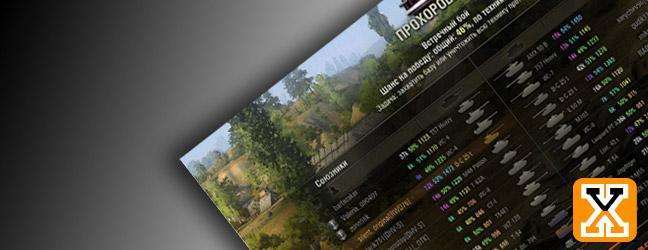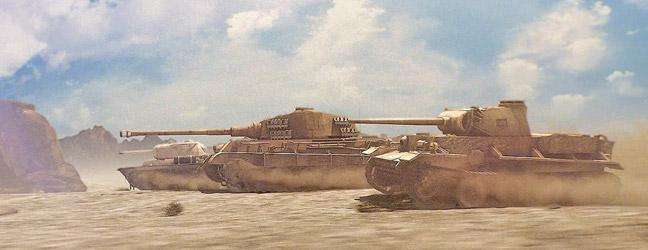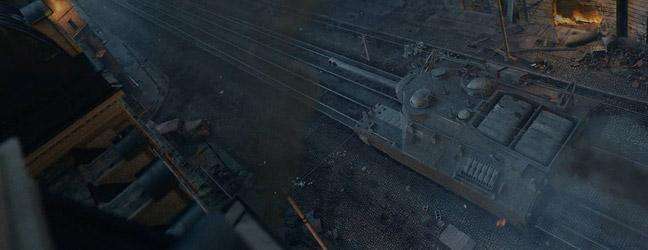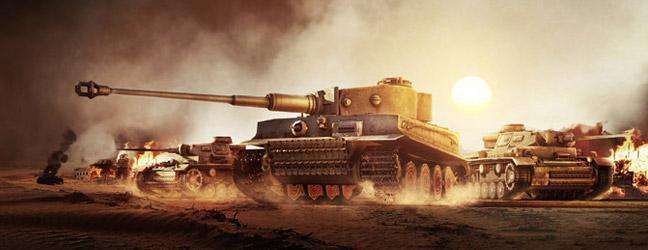Factors in Tank Development
Дата: 20.08.2011 19:57:20
ChrisK: By "we" I actually mean the Allies, since the Bazooka and PIAT are
both considered HEAT, and I already mentioned that. They were both
similar in concept to the Panzerfaust in that they were HEAT-based
man-portable launchers, although their operation was significantly
different. However, the PzF was issued in large numbers as a
disposable weapon, while the Bazooka and PIAT were issued in lower
numbers to specially-trained and dedicated teams. More of them
issued and aimed at the tracks of the Panzers would have been more
justification for those Shuerzen. But yes, your right about the
reasons we did things differently - they were on the downhill slope
from '43 on. Air power was certainly more worrisome to the Germans
than Bazookas! 
The muzzle brake assists with both recoil and whip, since the reduction of recoil also affects whip. The reduction of whip, or movement of the barrel from its fixed position, enabled the gun to be brought back on target quickly. The reduction in recoil had a similar effect as the entire vehicle rocked less. However, because of the difficulty of developing and testing appropriate brakes, they were developed only for guns that had a large recoil. I can see where that can be confusing! Think I should take the "whip" part out?
As for the armor plate on the Sherman, you make a good point - the hull wasn't thinner, just more likely to brew up on a hit to the ammo there. The white stars were also often painted in that area, making another great aiming point. I've fixed the post to reflect your correction.
I actually thought about mentioning the size of the Sherman's engines and how that affected the size of the hull, but I thought that might be getting into too much detail for something most people probably aren't interested in. But I can see I was wrong - I'll go into more technical detail next time! And yes, you're right also that there is only one suspension model in the game. That might be something we can explore for a future patch though.
The muzzle brake assists with both recoil and whip, since the reduction of recoil also affects whip. The reduction of whip, or movement of the barrel from its fixed position, enabled the gun to be brought back on target quickly. The reduction in recoil had a similar effect as the entire vehicle rocked less. However, because of the difficulty of developing and testing appropriate brakes, they were developed only for guns that had a large recoil. I can see where that can be confusing! Think I should take the "whip" part out?
As for the armor plate on the Sherman, you make a good point - the hull wasn't thinner, just more likely to brew up on a hit to the ammo there. The white stars were also often painted in that area, making another great aiming point. I've fixed the post to reflect your correction.
I actually thought about mentioning the size of the Sherman's engines and how that affected the size of the hull, but I thought that might be getting into too much detail for something most people probably aren't interested in. But I can see I was wrong - I'll go into more technical detail next time! And yes, you're right also that there is only one suspension model in the game. That might be something we can explore for a future patch though.
Factors in Tank Development














